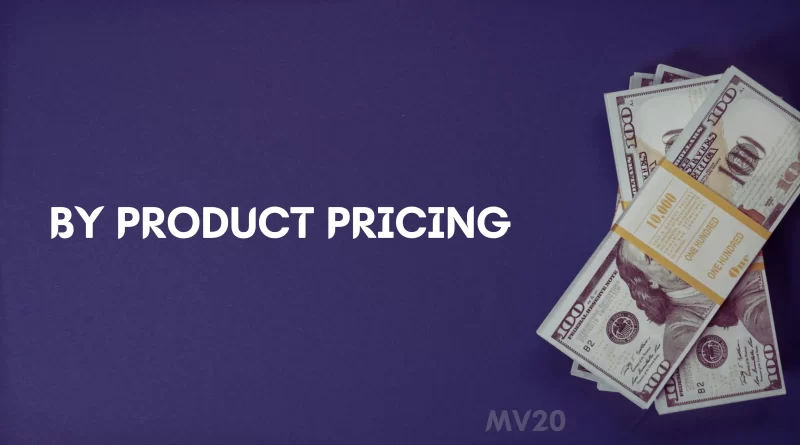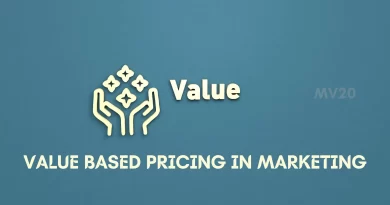By Product Pricing | The Art of Monetizing Your Leftovers
When it comes to pricing in marketing, most businesses focus on pricing their primary products or services. But what about all the byproducts that come out of the production process?
You know, the stuff that’s left over after the main product is made? These byproducts can actually be a goldmine for businesses if they’re priced and marketed correctly.
In this article, I will run you through the concept of byproduct pricing and explore how you can turn your leftovers into cash cows.
What are Byproducts?
Before we get into the nitty-gritty of byproduct pricing, let’s first define what we’re talking about. A byproduct is a product that is produced as a result of manufacturing or extracting another product.
For example, when a sawmill cuts down a tree, they don’t just sell the lumber. They also sell the sawdust, wood chips, and other byproducts that are generated in the process.
Similarly, when a brewery makes beer, they don’t just sell the beer. They also sell the spent grain, which is a byproduct of the brewing process, to farmers as animal feed.
Why Byproduct Pricing Matters?
Now that we know what byproducts are, let’s talk about why byproduct pricing matters. As mentioned earlier, byproducts are often considered waste products, and businesses will often give them away for free or dispose of them.
But by pricing these byproducts correctly, businesses can actually increase their profits and reduce their waste.
For example, let’s say a company produces 100 units of a product and generates 20 units of a byproduct. If they’re able to sell that byproduct for $1 per unit, they’ve just made an extra $20 in profit.
And if they’re able to sell that byproduct for $5 per unit, they’ve just made an extra $100 in profit. That’s a significant increase in revenue that can make a real difference to a business’s bottom line.
How to Price Byproducts?
Hope you are now clear on why byproduct pricing matters, let’s talk about how to price byproducts correctly. There are a few key factors to consider when pricing byproducts:
Production Costs
The first thing to consider is the cost of producing the byproduct. If it costs more to produce the byproduct than it can be sold for, it’s not worth it to sell it.
Market Demand
The second factor to consider is the demand for the byproduct. If there’s a high demand for the byproduct, you can charge more for it.
Competition
The third factor to consider is the competition. If there are other businesses selling similar byproducts, you’ll need to price your byproduct competitively.
Value Proposition
The fourth and final factor to consider is the value proposition. If the byproduct has a unique selling point or a special benefit, you can charge more for it.
Example of Byproduct Pricing
Let’s take a look at an example of byproduct pricing to see how it works in practice. Let’s say a brewery produces beer and generates spent grain as a byproduct.
The brewery incurs $10 of production cost to produce 1 ton of spent grain. The spent grain can be sold as animal feed for $20 per ton.
And there is a high demand for spent grain in the market and no competition for the brewery. The value proposition of the spent grain is that it’s high in protein, making it a good feed for cows.
Based on the above factors, the brewery can price the spent grain at $20 per ton and still make a profit. In this case, the brewery has been able to monetize a byproduct that would have otherwise been considered waste, and turn it into a source of revenue.
Byproduct pricing is not just about finding a price for your byproduct that is affordable and profitable, but also finding the right market for it. This can be done through market research, by identifying potential buyers, and understanding their needs.
Final Say!
Byproduct pricing is an often-overlooked aspect of marketing, but it can be a powerful tool for increasing profits and reducing waste if you implement it in a right way!
And by the way next time if you’re thinking about disposing of your byproducts, think about how you can monetize them instead.
Read:


![Nicosia Model Of Consumer Behaviour [Explained With Example!]](https://marketingv20.com/wp-content/uploads/2023/01/Nicosia-Model-Of-Consumer-Behaviour-Explained-With-Example-390x205.webp)

